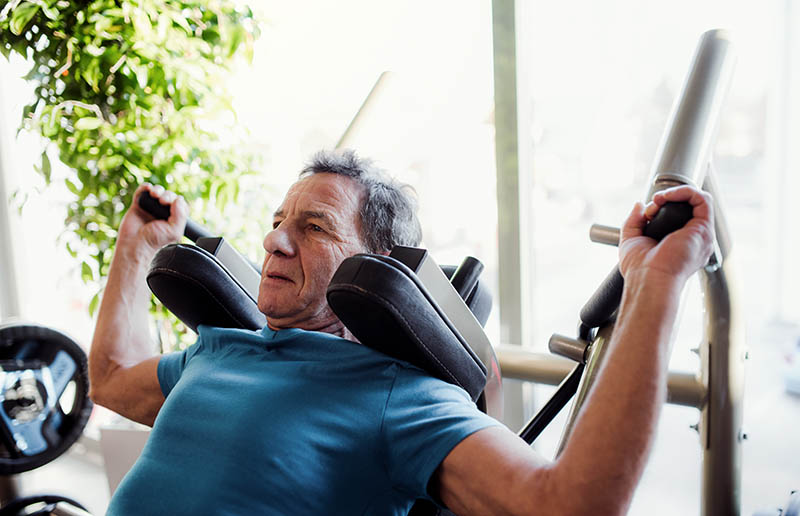Volume 113, Nº 3, September 2019
DOI: http://www.dx.doi.org/10.5935/abc.20190142
ORIGINAL ARTICLE
Physical Activity Levels in Peripheral Artery Disease Patients
Aline Mendes Gerage
Marilia de Almeida Correia
Paulo Mesquita Longano de Oliveira
Aline Cabral Palmeira
Wagner Jorge Ribeiro Domingues
Antônio Eduardo Zeratti
Pedro Puech-Leão
Nelson Wolosker
Raphael Mendes Ritti-Dias
Gabriel Grizzo Cucato
Dr. Raphael Mendes Ritti-Dias

Abstract
Background: Increases in daily physical activity levels is recommended for patients with peripheral artery disease (PAD). However, despite this recommendation, little is known about the physical activity patterns of PAD patients. Objective: To describe the physical activity patterns of patients with symptomatic peripheral artery (PAD) disease.
Methods: This cross-sectional study included 174 PAD patients with intermittent claudication symptoms. Patients were submitted to clinical, hemodynamic and functional evaluations. Physical activity was objectively measured by na accelerometer, and the time spent in sedentary, low-light, high-light and moderate-vigorous physical activities (MVPA) were obtained. Descriptive analysis was performed to summarize patient data and binary logistic regression was used to test the crude and adjusted associations between adherence to physical activity recommendation and sociodemographic and clinical factors. For all the statistical analyses, significance was accepted at p < 0.05.
Results: Patients spent in average of 640 ± 121 min/day, 269 ± 94 min/day, 36 ± 27 min/day and 15 ± 16 min/day in sedentary, low-light, high-light and MVPA, respectively. The prevalence of patients who achieved physical activity recommendations was 3.4%. After adjustment for confounders, a significant inverse association was observed between adherence to physical activity recommendation and age (OR = 0.925; p = 0.004), while time of disease, ankle brachial index and total walking distance were not associated with this adherence criteria (p > 0.05).
Conclusion: The patterns of physical activity of PAD patients are characterized by a large amount of time spent in sedentary behaviors and a low engagement in MVPA. Younger patients, regardless of the clinical and functional factors, were more likely to meet the current physical activity recommendations. (Arq Bras Cardiol. 2019; 113(3):410-416)
Keywords: Motor Activity; Exercise; Waling; Peripheral Arterial Disease; Intermittent Claudication.















